![]()
A photo of the under-construction ballpark taken from the Winston-Salem Dash’s website.  The thing that strikes you about this is that the ballpark appears to be removed from the immediate downtown area and surrounded by residential areas.  Thanks to Chad Gramling for the head’s up about this article.
From the Winston-Salem Journal, “Big Dollars and baseball stadiums” by Laura Graff:
The owner of Winston-Salem’s minor-league baseball team didn’t flinch last month when he told a crowd of more than 500 people that enhancements to the team’s stadium would cost the team an additional $16 million.Â
In fact, as he explained the improvements — a bigger playground, a wider concourse, more concessions, more shops, more outside-the-ballgame games for people to play — team owner Billy Prim smiled.Â
It was the kind of smile that said Prim wasn’t worried about the money.Â
Although budgets are tight in the city, which has given $12 million toward the cost of stadium, the enhancements announced by Prim will bring the price tag for the ballpark to about $38 million, which would make it the second most-expensive single-A stadium built in the U.S. in the past 10 years.Â
A $38 million price tag would make the stadium comparable to those for AA or AAA minor-league team. Stadiums for double-A teams cost, on average, $29.7 million over the past five years. Five stadiums were built for triple-A teams in the last five years, at an average cost of $49.6 million. Stadiums for single-A teams cost an average $25.9 million over the past five years.Â
Plans call for the Winston-Salem stadium to have 5,500 fixed seats, which is about average for single-A teams’ stadiums. The stadiums built for AA teams in the past 10 years had anywhere from 4,600 to 11,000 fixed seats. Many include lawn areas that add to their capacity.Â
[…] The extra $16 million in expenses will not buy more seats. Rather, the money will pay for upgrades to things the team had already planned for the stadium — a bigger playground, a bigger video screen.Â
[…] City officials agreed at the beginning to contribute $12 million; other city incentives will go with the anticipated commercial and retail development Prim is planning next to the stadium.Â
Before Prim announced the stadium enhancements last month, he asked city officials to help him come up with the extra $16 million to pay for improvements.Â
The city said no, and Prim started asking other potential investors, including racing legend Richard Childress, to contribute to the stadium. It is not clear whether he has found an investor, but there is no doubt he is losing one.Â
[…] Mortesen said that the team planned the improvements to attract more people to the games. A better stadium, he said, could draw families that might not be baseball fans.Â
That business model is how many minor-league baseball franchises operate, said Michael Limmer, an assistant general manager of the minor-league team in Fort Wayne, Ind. A new stadium is under way in downtown Fort Wayne for that team, a single-A affiliate of the San Diego Padres.Â
“You want to give people as many reasons to come as possible,” Limmer said. “It can’t just be seats and a field.… You want it to be a destination regardless of whether there’s a game going on or not.”Â
The Fort Wayne stadium is expected to be finished in time for the 2009 season and is on pace to cost $30.6 million. Like the Winston-Salem stadium, it is part of a larger development project that will include shops and restaurants.Â
Limmer said that families come to minor-league games in part because they like baseball, but also in part because the stadiums are fun for children, some with moon bounces, hot dogs, slides and mascots. A better stadium brings bigger crowds, he said.Â
“These towns and cities want something to showcase, something to show off,” he said. “If you’re going to do it, you do it right. So if you just put up a community field, a glorified high-school field, you’re not going to get the sponsorships or the people.”Â
Hopeful Winston-Salem officials
Winston-Salem city officials and downtown businesses are hoping the stadium will draw more people — and their wallets — downtown.Â
Neighboring Greensboro has found that to be the case.Â
Greensboro’s baseball stadium, a 5,300-seat park that cost $21.5 million, has enticed people who previously had not been confortable coming downtown, said Helen Cauthen, the vice president of the Greensboro Economic Development Alliance.Â
“For a long time we struggled to get people downtown,” Cauthen said. “And the ballpark has helped us attract young people for ‘thirsty Thursday’ and lots and lots of families come down with their kids … really, what I think is key is you have something fun to do downtown, you’re going to draw the people. And then people get comfortable coming downtown, they think about coming downtown and it really just spirals positively.”Â
Such is not always the case for downtown ballparks, said Andrew Zimbalist, an economics professor at Smith College in Massachusetts who studies the economic effect of stadiums on communities.Â
Zimbalist said that, typically, downtown stadiums are financed by taxpayers’ money, which means no new money is injected into the local economy. The Winston-Salem ballpark is mostly privately financed, which Zimbalist said could mean a modest economic upswing for the region.Â
“In these economic conditions, if you get anyone to invest in your community, to invest almost anything, it’s a positive,” said Zimbalist, who co-wrote Sports, Jobs and Taxes: The Economic Impact of Sports Teams and Stadiums and May the Best Team Win: Baseball Economics and Public Policy.Â
Zimbalist said that a downtown stadium can have other positive effects on a city.Â
“It can very well be a positive social and cultural event, so that you wouldn’t necessarily expect it or need it to have a positive economic effect,” he said. “Just like you build a downtown park — you don’t do that because you think it’s going to raise people’s incomes, you do it because you think it’s good for the community.”
Included with the article are two lists. Â These lists are interesting to look at, especially when comparing classes, seating and costs. Â For instance, in the first list, Ft Wayne’s stadium cost $30.6 million to seat 7,000 people while the Winston stadium will cost $38 million to seat only 5,500 fans. Â Springdale, Arizona cost $32.1 million to seat 6,500 while Tulsa, Oklahoma’s yet to be built, will cost $39.2 and seat only 6,200. Â I’m sure ammenities play into this and that’s something that while you can put an acquisition and installation cost to it, you can’t figure value to the fans as easily.
Last 10 minor-league stadiums
Location/Class/Capacity/Cost in millionsÂTulsa, Okla. AA 6,200 2010 $39.2Â
Columbus, Ohio AAA 10,000 2009 $55Â
Reno, Nev. AAA 10,000 2009 $50Â
Gwinnett County, Ga. AAA 10,000 2009 $64Â
Winston-Salem A 5,500 2009 $38
Bowling Green, Ky. A 4,000 2009 $28Â
Fort Wayne, Ind. A 7,000 2009 $30.6Â
Springdale, Ariz. AA 6,500 2008 $32.1Â
Allentown, Pa. AAA 8,100 2008 $49.4Â
Little Rock, Ark. AA 5,800 2007 $40.4ÂÂ
Last 10 Single A stadiums
Location/Capacity/Cost in millionsÂBowling Green, Ky. 4,000 2009 $28Â
Fort Wayne, Ind. 7,000 2009 $30.6Â
Winston-Salem 5,500 2009 $38
Midland, Mich. 5,700 2007 $40Â
Greensville, S.C. 5,700 2006 $15Â
Greensboro 7,499 2005 $21.5Â
Charleston, W.Va. 5,100 2005 $23Â
Stockton, Calif. 5,200 2005 $24Â
Clearwater, Fla. 8,500 2004 $25Â
Eastlake, Ohio 7,000 2003 $25
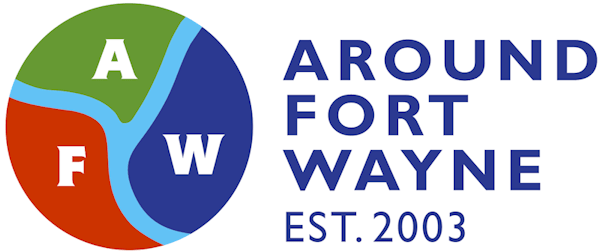
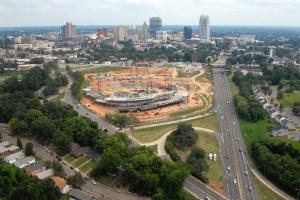

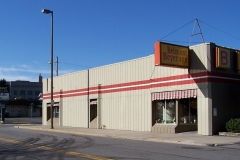

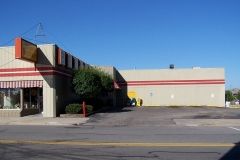

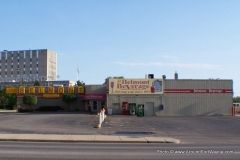
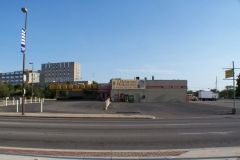
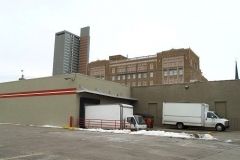

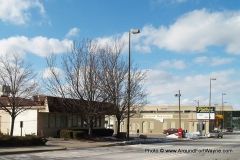


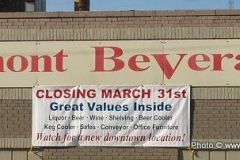

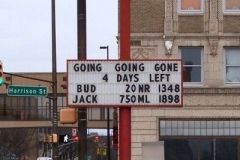
Stephen – Any chance that your contacts might know what percentage of the stadium-building costs were paid with public money – on the last 10 Single A ballpark list?
And keep in mind that Hardball/Barry DID NOT put $5 million into Parkview Field! Remember, they were given “Indiana Tax Credits” with a value approaching that same $5 million – so it was a wash! The only part that they paid for was to add the extra suites – AND ALL INCOME FROM THESE WENT TO THEM -and THEM, only!!
Hi, John!
I had the exact same question when I looked at the list. I will email my contact to find if they know any thing further. Otherwise, I might spend some time next week digging to see what turns up.
Happy New Year!